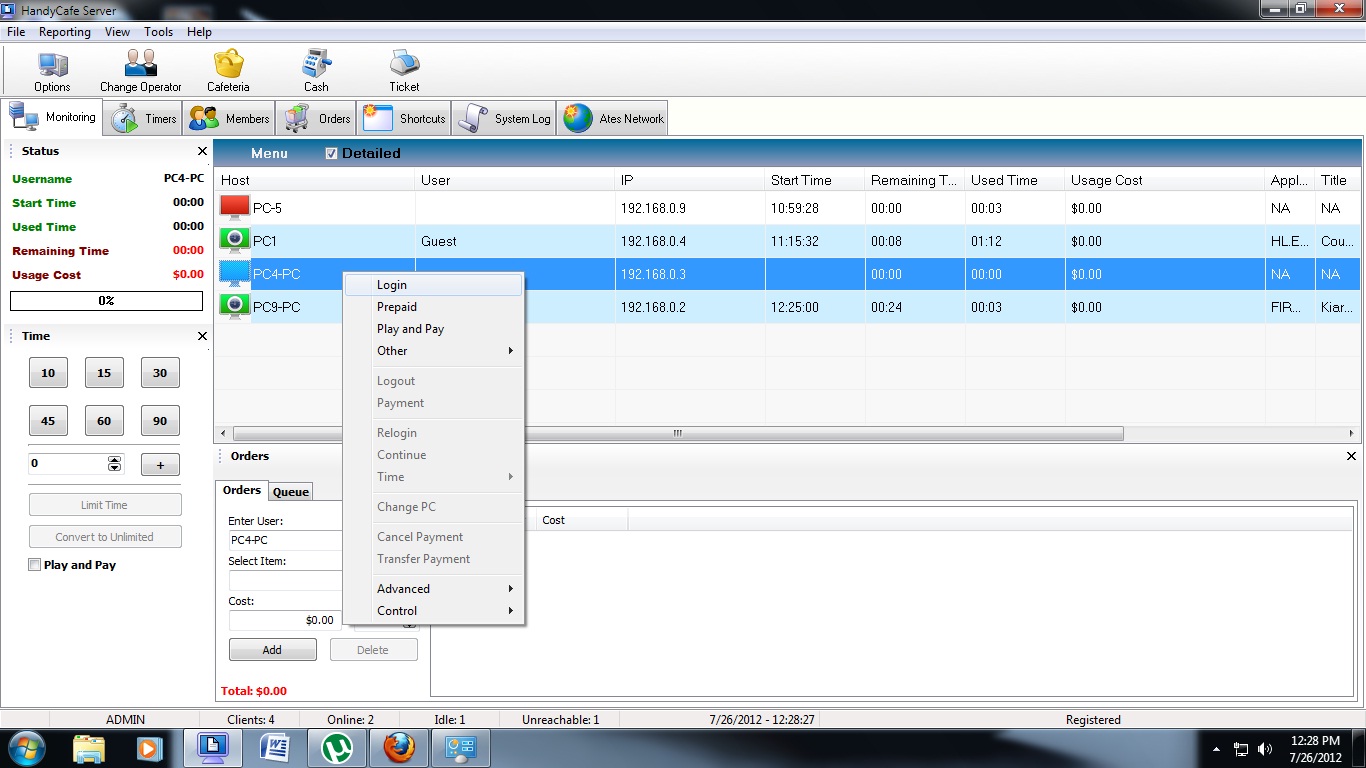Bibel Bahasa Batak Toba Untuk Pc Magazine
Oct 12, 2016 Jesus Film - For Love And Hope www.waytoeternal.blogspot.com www.jalanallah.com.
Manuscript in Batak Toba language, central Sumatra, early 1800s. The name of this arises from a rich and complex history of ethnic identity in and post-colonial. It is a generic name for the common language used by the people of the districts of Toba, Uluan, Humbang, Habinsaran, Samosir, and Silindung, centered upon the Island of; more particularly, at. Linguistically and culturally these tribes of people are closely related. Other nearby communities such as Silalahi and Tongging may also be classified as speakers of Toba Batak.
The term 'Toba Batak' is, itself, a derivation of the Toba Batak language. As such, it is used both as a noun and an adjective; both to describe a language, and also to describe the people who speak the language. Among the aforementioned districts, Toba is the most densely populated and politically the most prominent district so that 'Toba Batak' became a label for all communities speaking a dialect closely akin to the dialect spoken in Toba.
In contemporary Indonesia the language is seldom referred to as 'Toba Batak' (bahasa Batak Toba), but more commonly and simply as 'Batak' (bahasa Batak). The (Toba)-Batak refer to it in their own language as 'Hata Batak'.
This 'Batak' language is different from the languages of other 'Batak' people that can be divided in speaking a northern Batak dialect (Karo Batak, and Pakpak-Dairi Batak – linguistically this dialect group also includes the culturally very different Alas people), a central Batak dialect (Simalungun) and closely related other southern Batak dialects such as Angkola and Mandailing. Description of the language [ ]. Toba Batak 'houses' and residents in a photograph.
There are several dictionaries and grammars for each of the five major dialects of Batak (Angkola-Mandailing, Toba, Simalungun, Pakpak-Dairi, and Karo). Specifically for Toba Batak the most important dictionaries are that of Johannes Warneck (Toba-German) and (Toba-Dutch). Syntax [ ] Toba Batak has, VOS word order, as with many. In (1), the verb mangallang 'eat' precedes the object kue 'cake', and the verb phrase precedes dakdanak i 'the child'. (1) Mangallang kue dakdanak i.
AT-eat cake child the 'The child is eating a cake.' (Silitonga 1973:3) (as in English), however, is also very common (Cole & Hermon 2008). In (2), the subject dakdanakon 'this child' precedes the verb phrase mangatuk biangi 'hit the dog'. (2) Dakdanak-on mang-atuk biang-i. Child-this ACT-hit dog- DEF 'This child hit the dog.' (Cole & Hermon 2008) Cole & Hermon (2008) claim that VOS order is the result of (specifically, of VoiceP) (Figure 1). Then, the subject may optionally raise over the verb phrase due because of information structure.
This analysis provides a basis for understanding Austronesian languages that have more fully become SVO (e.g. Indonesian: Chung 2008; Jarai: Jensen 2014). Figure 1: VP movement to derive VOS word order.
Like many Austronesian languages (e.g. ), DP wh-movement is subject to an extraction restriction (e.g. Rackowski & Richards 2005). The verb in (3a) must agree with aha 'what' (in (3a): TT or 'theme-topic') for it to be extracted in front of the verb.
If the verb agrees with the subject, si John 'John' (in (3b): AT or 'actor-topic'), aha 'what' may not extract. (3a) Aha diida si John? What TT.see PM John 'What did John see?' (Cole & Hermon 2008) (3b) *Aha mangida si John?
What AT.see PM John Intended: 'What did John see?' (Schachter 1984:126) References [ ] • • (published by the, a site published by Zhang Hong, an internet consultant and amateur linguist in Beijing China) •: Department of Linguistics and Applied Linguistics, THE UNIVERSITY OF MELBOURNE. See page 112 (doc page 101) and reference to Cole, Peter & Gabriella Hermon (2000) Word order and binding in Toba Batak. Paper presented at AFLA 7, Amsterdam • An Online Outline of Indonesia History. • Neubronner van der Tuuk, Hermanus.


A grammar of Toba-Batak. The Hague, 1971. First English edition, first published in Dutch in 1864-1867. Translation J. Scott-Kemball, edited by and R.
• • Rackowski, Andrea & Norvin Richards. 'Phase Edge and Extraction: A Tagalog Case Study.' Linguistic Inquiry 36.4:565-599. • Cole, Peter & Gabriella Hermon.
UNIDROIT CONVENTION ON INTERNATIONAL FACTORING (Ottawa, 28 May 1988) THE STATES PARTIES TO THIS CONVENTION, CONSCIOUS of the fact that international factoring has a significant role to play in the development of international trade, RECOGNISING therefore the importance of adopting uniform rules to provide a legal framework that will facilitate international factoring, while maintaining a fair balance of interests between the different parties involved in factoring transactions, HAVE AGREED as follows: CHAPTER I - SPHERE OF APPLICATION AND GENERAL PROVISIONS Article 1 1. 
'VP Raising in a VOS Language.' Syntax 11(2): 144-197. • Schachter, Paul. 'Semantic-Role-Based Syntax in Toba Batak.' UCLA Occasional Papers in Linguistics 5:122-149. • Silitonga, Mangasa. 'Some Rules Reordering Constituents and their Constraints in Batak.'